Navigating the Nuances of Herniated Discs - Causes, Symptoms, and Treatment Options

Understanding Herniated Discs
A herniated disc, also known as a slipped or ruptured disc, occurs when the nucleus pulposus pushes through a weakened or torn annulus. This can lead to a range of symptoms and complications, making it essential to understand the causes and effects of herniated discs.
What happens when a disc herniates?
When the nucleus pulposus pushes through the annulus, it can put pressure on nearby nerves, causing pain, numbness, or weakness in an arm or leg, depending on the location of the herniated disc. The severity of the symptoms depends on the size of the herniation and the amount of pressure on the surrounding nerves.
Types of Herniated Discs
There are different types of herniated discs, including:
- Lumbar herniated disc: Occurs in the lower back and can cause pain, numbness, or weakness in the legs.
- Cervical herniated disc: Occurs in the neck and can cause pain, numbness, or weakness in the arms.
- Thoracic herniated disc: Occurs in the upper back and can cause pain, numbness, or weakness in the chest and abdomen.
Causes and Risk Factors
Several factors can contribute to the development of a herniated disc, including:
- Aging: Wear and tear on the spine can cause discs to weaken and become more prone to herniation.
- Genetics: Some people may be more susceptible to herniated discs due to genetic factors.
- Obesity: Excess weight can put additional strain on the spine, increasing the risk of herniation.
- Smoking: Smoking can reduce blood flow to the discs, leading to degeneration and increased risk of herniation.
Causes and Risk Factors
Herniated discs are often the result of a combination of factors, including natural aging processes, lifestyle choices, and underlying medical conditions. Understanding these causes and risk factors can help individuals take preventative measures and seek timely medical attention when necessary.
Primary Causes
Disk degeneration due to aging is the most common cause of herniated discs. As we age, the spinal discs lose moisture, flexibility, and shock-absorbing capabilities, making them more susceptible to tears and bulges.
Additional Risk Factors
Several factors increase the likelihood of developing a herniated disc:
- Excess body weight: Additional weight puts extra pressure on the spine, accelerating disc degeneration.
- Poor posture: Chronic poor posture can lead to uneven distribution of weight, straining the spinal discs.
- Incorrect lifting techniques: Using back muscles instead of leg and thigh muscles to lift heavy objects can put unnecessary stress on the spine.
- Genetic predisposition: Family history can play a role in disc degeneration and susceptibility to herniation.
- Occupational hazards: Jobs requiring repetitive lifting, bending, or twisting can increase the risk.
- Smoking: Smoking reduces blood flow to the discs, accelerating degeneration.
- Trauma or injury: Sudden falls, accidents, or sports injuries can cause herniated discs.
Recognizing these risk factors can encourage individuals to adopt preventative measures, such as maintaining a healthy weight, practicing good posture, and engaging in regular exercise to strengthen back muscles.
By understanding the causes and risk factors associated with herniated discs, individuals can take proactive steps to protect their spinal health and seek medical attention if symptoms arise.
Symptoms and Diagnosis Herniated discs can manifest differently in various individuals, making diagnosis crucial for effective treatment. Recognizing the symptoms is the first step towards addressing the issue. Common Symptoms Herniated discs often affect one side of the body and can cause: Arm or leg pain, numbness, or weakness, depending on the disc location Pain or numbness in the neck, back, or extremities Tingling or burning sensations in the affected areas Muscle weakness or loss of reflexes Difficulty walking or maintaining balance Location-Specific Symptoms The location of the herniated disc significantly influences the symptoms experienced: Cervical Herniated Discs (Neck) Pain or numbness in the neck, shoulder, or arm Weakness in the arm or hand Difficulty walking or maintaining balance Thoracic Herniated Discs (Upper/Middle Back) Pain or numbness in the upper or middle back Abdominal pain or discomfort Difficulty standing up straight Lumbar Herniated Discs (Lower Back) Pain or numbness in the lower back, buttocks, or legs Weakness in the legs or feet Difficulty standing, walking, or lifting heavy objects Diagnostic Procedures For an accurate diagnosis, healthcare professionals employ various methods: Medical History: Assessing symptoms, medical history, and lifestyle factors. Physical Examination: Evaluating muscle strength, reflexes, and range of motion. Imaging Tests: X-rays to rule out other conditions. Magnetic Resonance Imaging (MRI) or Computed Tomography (CT) scans to confirm disc herniation and nerve compression. Electromyography (EMG) to assess muscle function. Nerve Conduction Studies (NCS) to evaluate nerve function. Seeking Medical Attention If you experience any of the following, seek immediate medical attention: Sudden, severe back or neck pain Numbness, tingling, or weakness in the arms or legs Difficulty walking or maintaining balance Loss of bladder or bowel control Early diagnosis and proper treatment can significantly alleviate symptoms and improve quality of life.
Treatment Options
Non-Surgical Treatments
For individuals experiencing herniated disc symptoms, various non-surgical treatments can provide relief and promote healing. These include:
- Physiotherapy: A customized exercise program to improve flexibility, strength, and range of motion.
- Physical exercises: Gentle stretches and strengthening exercises to support the spine and alleviate pressure on the affected disc.
- Chiropractic treatment: Spinal manipulation and adjustments to realign the spine and relieve pressure on the herniated disc.
- Therapeutic ultrasound: High-frequency sound waves to reduce inflammation, relieve pain, and promote healing.
- Epidural steroid injections: Injecting corticosteroids into the epidural space to reduce inflammation and relieve pain.
Surgical Options
In severe cases where non-surgical treatments are ineffective, surgical options may be necessary. These include:
- Discectomy: Removing the herniated disc tissue pressing on a nerve.
- Laminotomy: Widening the spinal canal to relieve pressure on the spinal cord or nerves.
- Spinal fusion: Fusing two or more vertebrae to stabilize the spine and prevent further damage.
Preventative Measures
To reduce the risk of developing a herniated disc or alleviate symptoms, consider the following preventative measures:
- Exercising regularly to maintain a healthy weight and strengthen back muscles.
- Maintaining good posture to reduce pressure on the spine.
- Lifting heavy objects correctly, bending at the knees and using leg muscles instead of back muscles.
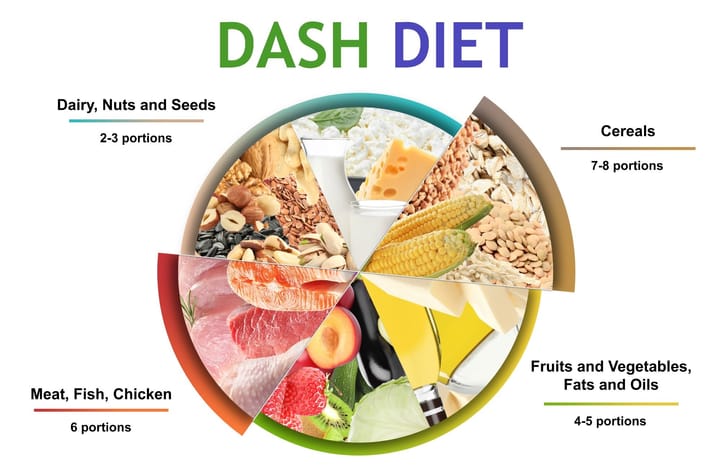

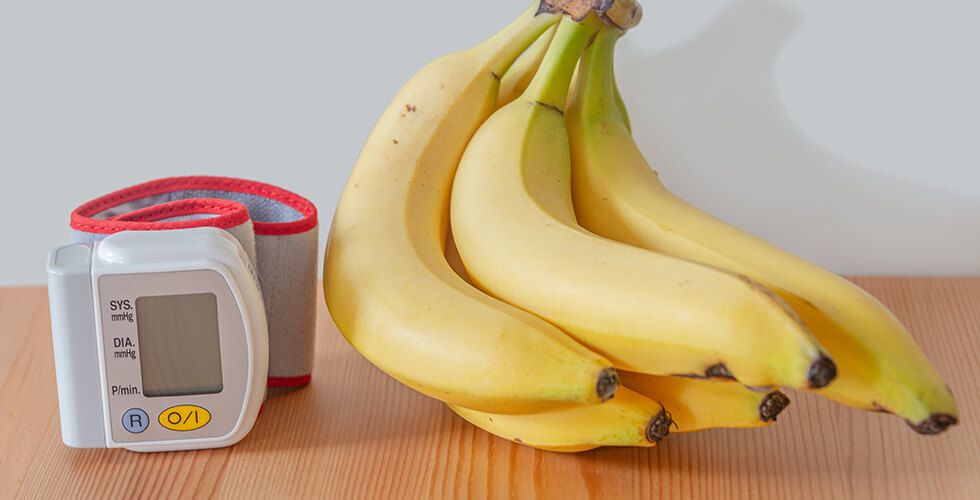

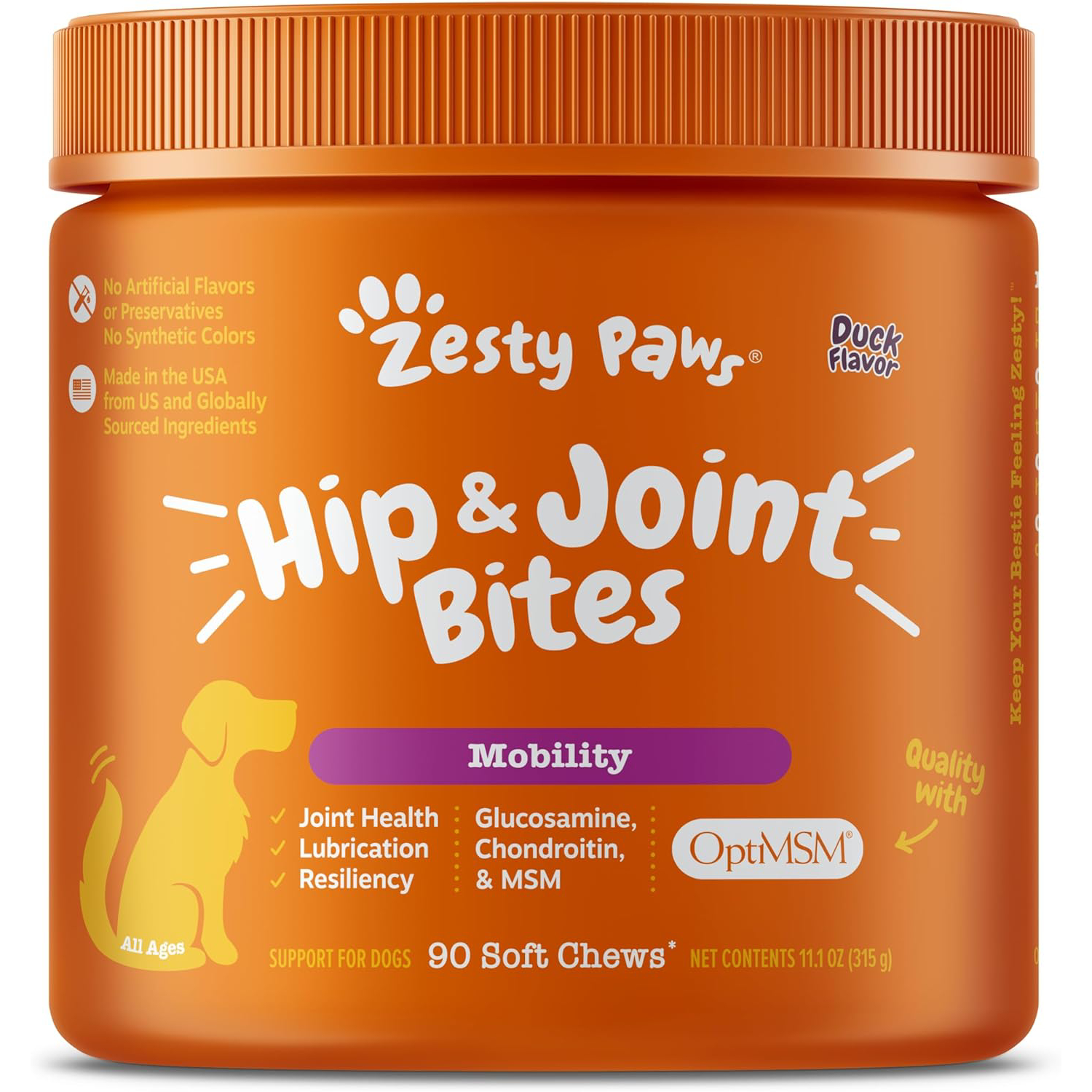

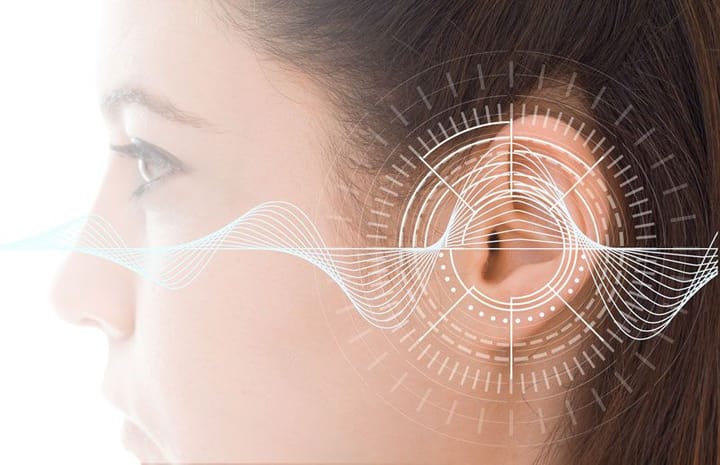
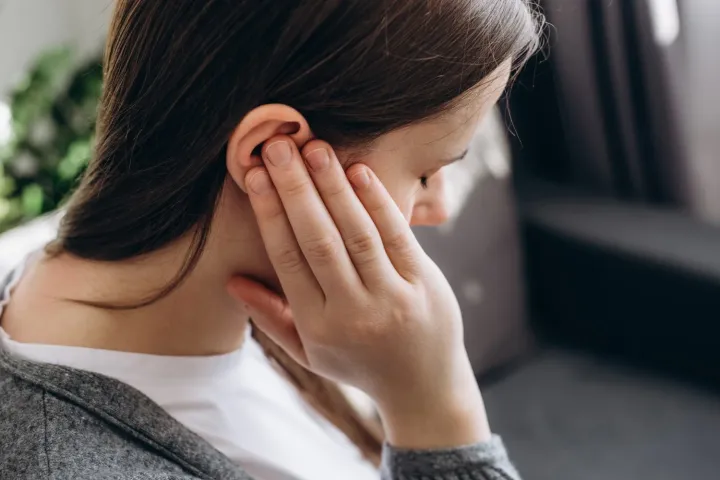

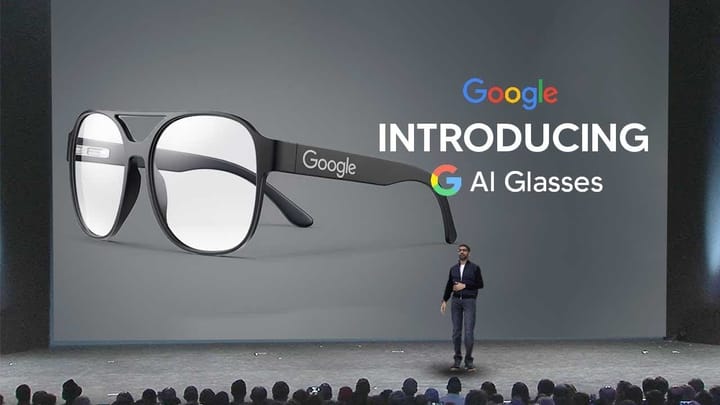






Comments ()